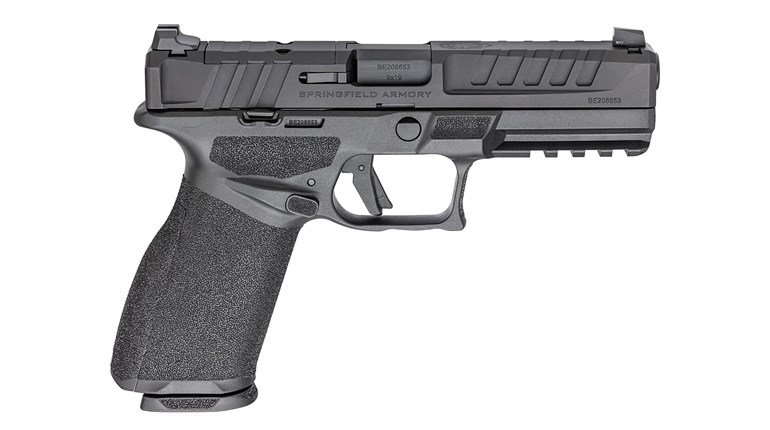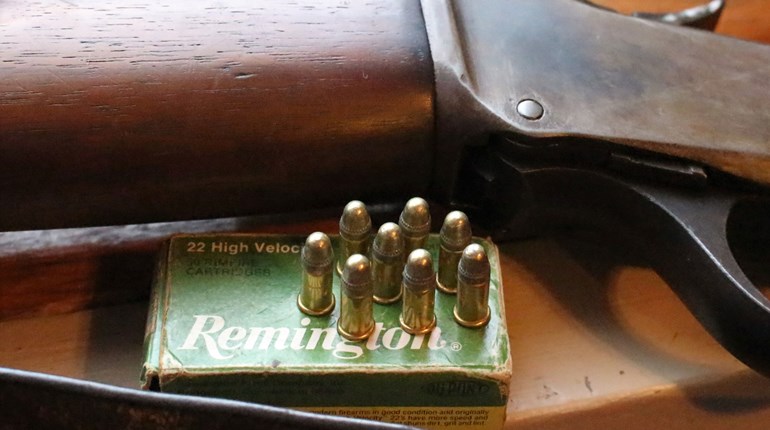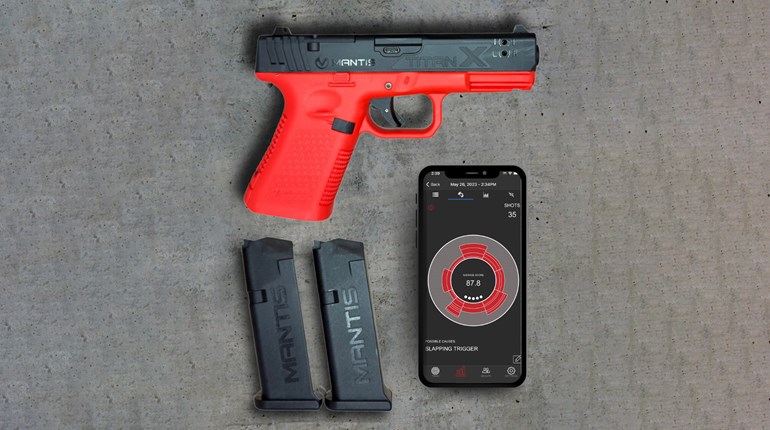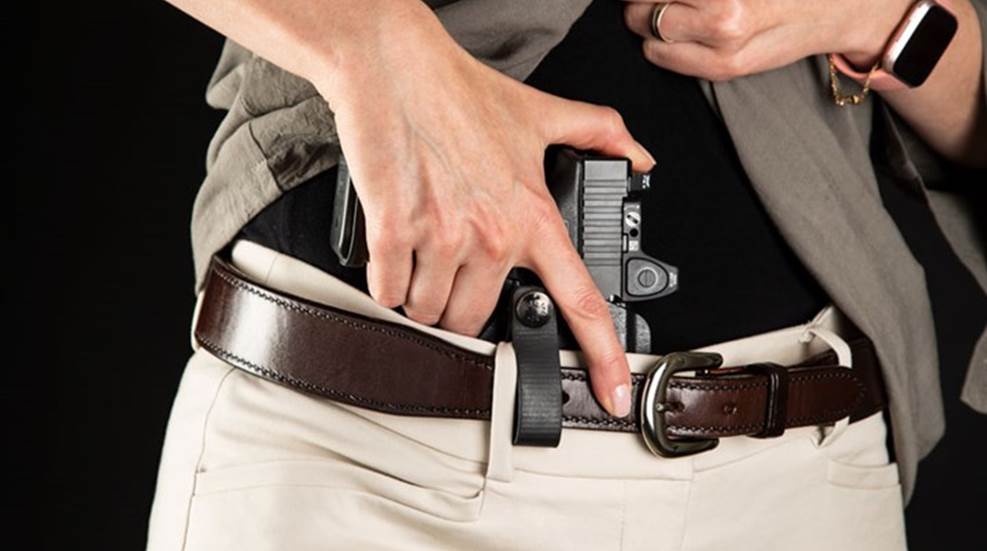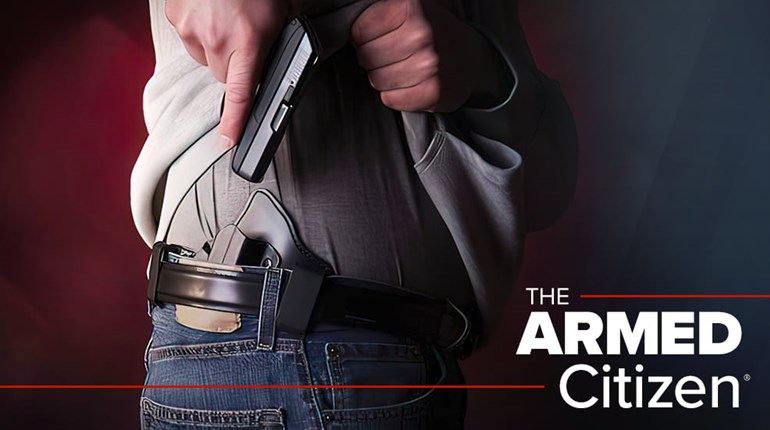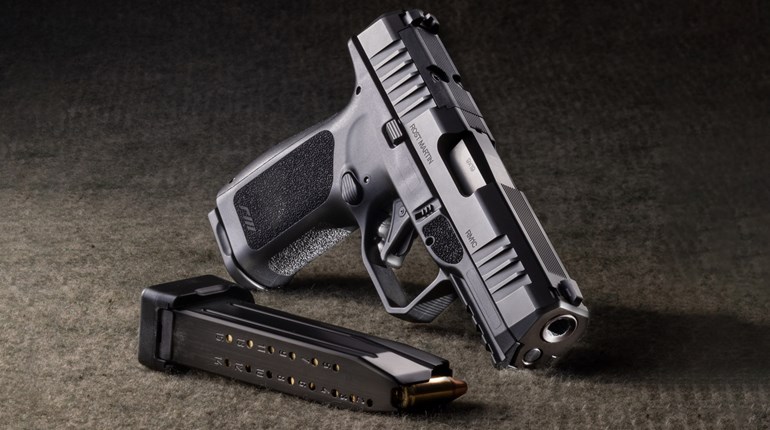
Start a discussion among defensive handgunners, and you’ll inevitably find yourself in an argument over whether the 9 mm Luger is better or worse than the .45 ACP. This argument has been raging for decades and I don’t see any signs of it slowing down. While I’m not about to rekindle that well-worn topic here, cartridge choice is important.
This article will focus on defensive cartridges, designed for neutralizing threats to yourself and others, with a dose of history to shed light on some of the factors that have informed cartridge choices over time.
First, it’s important to note that the ability to quickly and accurately place a shot is paramount. If that means using a .22 LR, use a .22 LR. Despite much scoffing around this choice, the truth is, no one wants to be shot—not even by a .22—and most assailants won’t stick around to figure out that’s what you have. A compact rimfire handgun will prove better than no handgun at all when you need a gun, and modern ammunition makes those small cartridges even more effective.
Still, if you can handle a larger caliber—meaning getting both your initial and follow-up shots consistently on target—then go bigger. Less well-known but still available, the .25 ACP sees bullet weights between 35 and 50 grains, with velocities between 760 and 900 feet per second. While this little guy only gives about 65 foot-pounds of muzzle energy in comparison to the 9 mm and .45 ACP’s 350 to 500, it also nearly eliminates recoil and still has enough punch to ward off an attacker at close range. Micro guns chambered for the .25 Auto are wonderfully small, often perfect for a purse or a pocket. Another option, .327 Federal, sits between the .25 Auto and the .38 Spl. or .380 ACP options and has seen some new attention in the industry lately.
Finally, for the lower end of the spectrum, the .380 ACP can be happily housed in a compact gun and can push 90-grain slugs to 1,000 feet per second. Despite being adopted by several militaries a century ago, its penetration is questioned among defensive shooting instructors. Nonetheless, in a highly concealable handgun, the .380 ACP will certainly get you out of a jam.
You might have heard of the newer .30 Super Carry, which tries to fit the niche between 9 mm and .380 (or .38). Though generally well-reviewed, whether it will be widely adopted or last long in the industry remains to be seen.
Now, let’s talk about that .45 versus 9 mm debate. In the early 20th century, the U.S. Army held auditions for a new handgun and cartridge, after having made the switch from the .45 Colt to the .38 Long Colt—a choice that earned negative reviews from troops in the Philippine War, specifically the Moro Rebellion. John M. Browning’s M1911 and the .45 ACP cartridge won the day, offering a performance level on par with the older .45 Colt of the Peacemaker era. As a dependable option for taking down bad guys, the .45 has earned its devotion.
In 1902, Georg Luger developed his 9x19 mm cartridge, known as both the 9 mm Luger and 9 mm Parabellum. It was adopted by the German Navy first, in 1904, and then their army in 1908. This, of course, has remained one of the most—if not simply the most—popular handgun cartridge to this day. The heavier and wider bullets of the .45 ACP are the main reason for its strong following, while the 9 mm Luger (with its .355-of-an-inch diameter) has smaller, lighter projectiles, yet the average autoloading handgun can hold more of them. The .45 ACP has heavier recoil compared to the 9 mm Luger, so your tolerance for recoil might be a mitigating factor.
The infamous 1986 FBI shootout in Miami, Fla., led the FBI to seek out a larger handgun cartridge for their agents; the .38 Specials and 9 mm Lugers the agents carried were deemed too small to be used at the longer distances a situation like that requires. While initially making a strong effort to adopt the excellent 10 mm Auto (.400-inch caliber, 200-grain bullets), which sits perfectly between the 9 mm Luger and .45 ACP, it was determined to have a recoil level that was not universally acceptable to the wide variety of FBI agents. This led directly to the development of the .40 S&W, which uses the same bullet diameter in a shorter cartridge with less velocity.
The movie “Dirty Harry” popularized the .44 Mag., a formidable cartridge. It drives a 240-grain .429-.430-of-an-inch bullet to a muzzle velocity of somewhere around 1,400 feet per second, depending on the gun’s barrel length, but it’s a bear in the recoil department. Yes, a Model 29 S&W is a classic handgun, but one needs to spend significant time mastering this level of recoil.
Handgun weight can also play a big role in the choice of a cartridge. I like the classic .357 Mag., for example, but if I’m using it in one of the super-light, alloy-frame wheel guns, the recoil can get uncomfortable. So, in those lighter guns, I much prefer the .38 Special. At defensive distances, I feel the .38 Spl. is still a viable cartridge choice, but many prefer the extra striking energy and the option of heavier bullets weights in the .357 Mag., depending on their situation (hunting in grizzly territory, for example). Just make sure that the snappier recoil level of the .357 Mag. doesn’t preclude the practical field use of your defensive handgun.
Entire volumes—literally—have been written on the choice of defensive handgun cartridges. My best advice is to head to a local range that rents firearms and try as many of the common cartridges you can (bearing in mind the influence of each gun’s design as well). Ultimately, I’ve opted for the .38 Spl. and .45 ACP for their ease of shooting, relative availability and performance level. I like the classics, but you may find that one of the more-modern choices like the .30 Super Carry or .327 Federal might check all the boxes for you. out.












